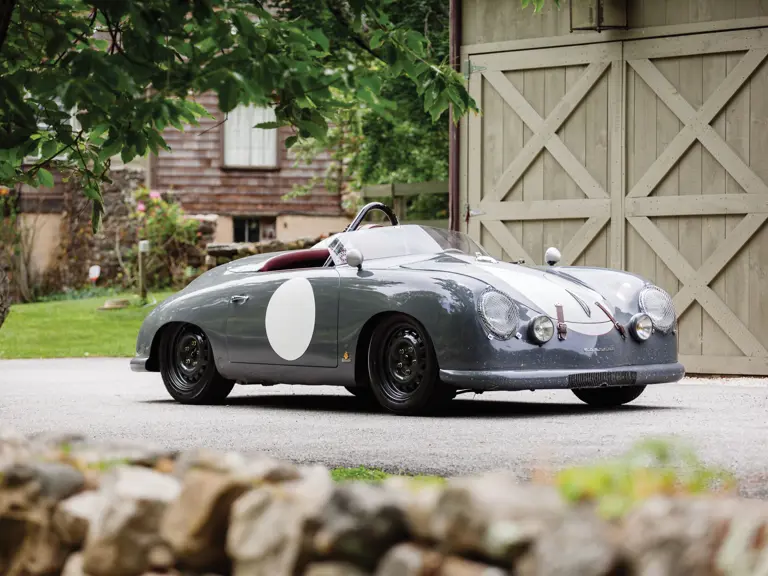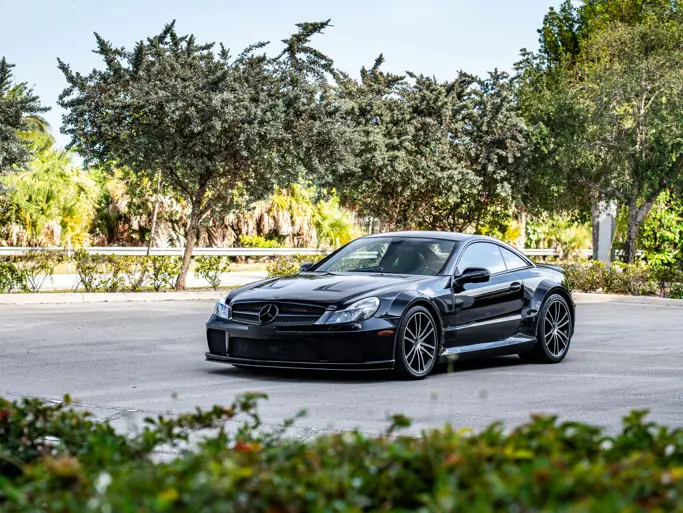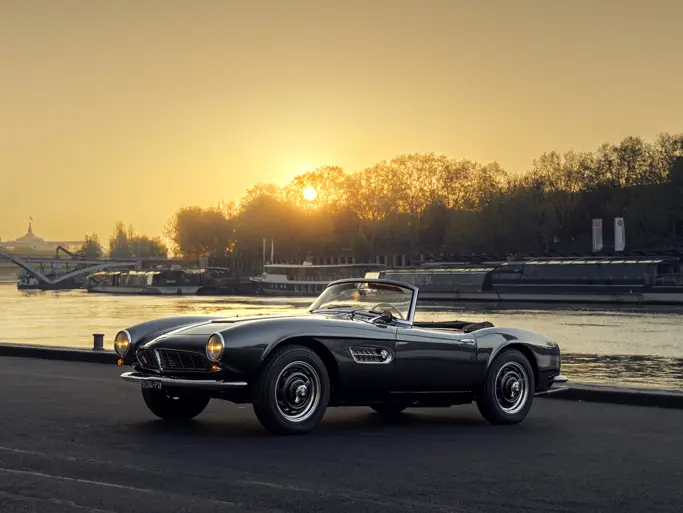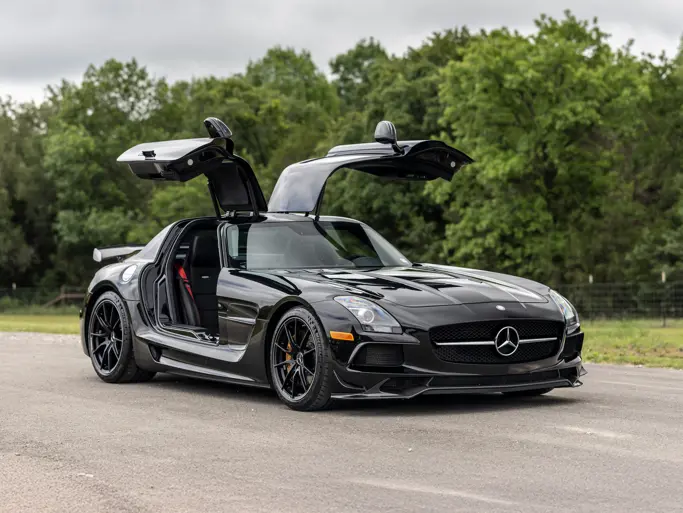The Porsche 356 has become an icon, and today, almost every example is deemed a candidate for rescue. Many are rebuilt as pleasurable drivers, while others are exactingly reconstructed and contend in international concours events. However, more than a few owners dismiss the idea of a just-like-it-left-the-factory restoration. They enjoy customizing their Porsches in ways that Zuffenhausen could and would never have conceived. Their non-conformist ideas have roots in the true hot rod and custom shops that had emerged in Southern California.
This 1954 Porsche Pre-A 356 by Emory Motorsports started off as a Cabriolet and has been transformed into this Emory Outlaw by the foremost builder of 356 Outlaws. Emory Motorsports is located in McMinnville, near Portland, Oregon and this firm is reported to have actually coined the term “Outlaw” as applied to their special Porsche builds. They also have a line of Porsche builds that been ascribed the name Emory Specials.
The term 356 Outlaw was a name specified to Emory's in the early 1980s. This was the appropriate term based on their willingness to install race and rally inspired accessories to a vintage Porsche. At a point in time when full concours restorations were at their peak, Emory were putting wide wheels, race numbers and mechanical performance upgrades on their 356’s and driving them the way Porsche intended. Clientele took notice and many builds of this type would commence. Now selected Porsche concours events have classes for Outlaws. Emory Motorsports continues to build 356, 911, 912 and Volkswagen Outlaws for clients all over the world. Company owner Rod Emory is a third generation gearhead, with both his father and grandfather influencing the car world in their own inspired ways.
Built in the 1990s with no-expense-spared, this incredible purpose-built, race ready Porsche can also easily be converted for street use, if that should be your preference. The 1954 Porsche Pre-A Cabriolet has been converted into a car that appears much more “Speedster-like” and has had professional attention paid to the body, front and rear suspension systems, brake system, fuel system, oil system, electrical system, engine, transaxle and clutch to thoroughly create a platform that has countless attributes built-in.
The engine has been built with performance at the forefront, as it is balanced and blueprinted. It is reported as being a 912 unit with case type 616/36 with a late 356B crankshaft, 912 connecting rods, Willhoit lightened flywheel, special chromoly pushrods and much more. This horizontally-opposed four-cylinder powerplant is matched to a type 741 transaxle with twin front mounts, solid fabricated rear mounts, a gear cluster modified by Vic Skirmants and a 7.31:1 ring-and-pinion ratio. The electrical system is 12-volt to operate the fuel pump, ignition, gauges and brake lights. The distributor and coil are by Bosch; the generator has been modified for racing and the Porsche has a Hella master shut-off switch mounted on the left-front fender.
The oil system has been modified for full-flow and utilizes Aeroquip AN10 fittings and hose. An Oberb Model 600 filter with cleanable screen filter and Mocal oil temperature thermostat are mounted under the left-rear fender. The fuel system features a Harwood U.S. eight-gallon foam-filled fuel cell that is mounted in the trunk and has the associated manual fuel shut-off valve under the dash, Aeroquip hardware and Solex carburetion.
The body features all-steel panels and the factory bumpers have custom cooling integrated into the front. All interior trim, except for the door trim panels, has been removed and a Speedster tonneau cover has been fitted. All undercoating was removed and a rollcage was fabricated into the car. It is welded and bolted with an underdash hoop and door side protection tubes. The Porsche has been finished in custom gray paint by Glasurit and the interior is presented in gray and red with custom GT-style vinyl carpet in the cockpit and trunk area. A rechargeable fire system is also onboard. The front and rear suspension systems have also received this same type of attention to best maximize the cars performance potential by creating a stable platform. The braking also plays a key role and 356 rotors are on all four corners, with the fronts making use of 912 calipers.
The instrumentation features an 8,000-rpm tachometer with VDO oil pressure and temperature gauges, oil pressure warning light on the dash, plus an original-type speedometer and gauge cluster installed for cosmetic purposes. A factory GT driving seat and Spider passenger seat are in place with a padded vinyl cover and five-point Willans competition-style seatbelt system included.
The car is reported to come on a U.S. title and with a detailed book with original drawings by Gary Emory on this particular build. When looking the Porsche over, it is obvious that it shows the level of craftsmanship and detail involved with an Emory build. This is an exciting machine that will possibly make you question why should you merely attend the Rennsport Reunion when you can participate with this uncommon Porsche? We are happy to offer this car to the next rebellious driver who is willing to take this Outlaw on the run.
Please contact your attending Auctions America Specialist for a complete listing of the mechanical components and modifications applied to this eye-catching Porsche 356.



 | Santa Monica, California
| Santa Monica, California


